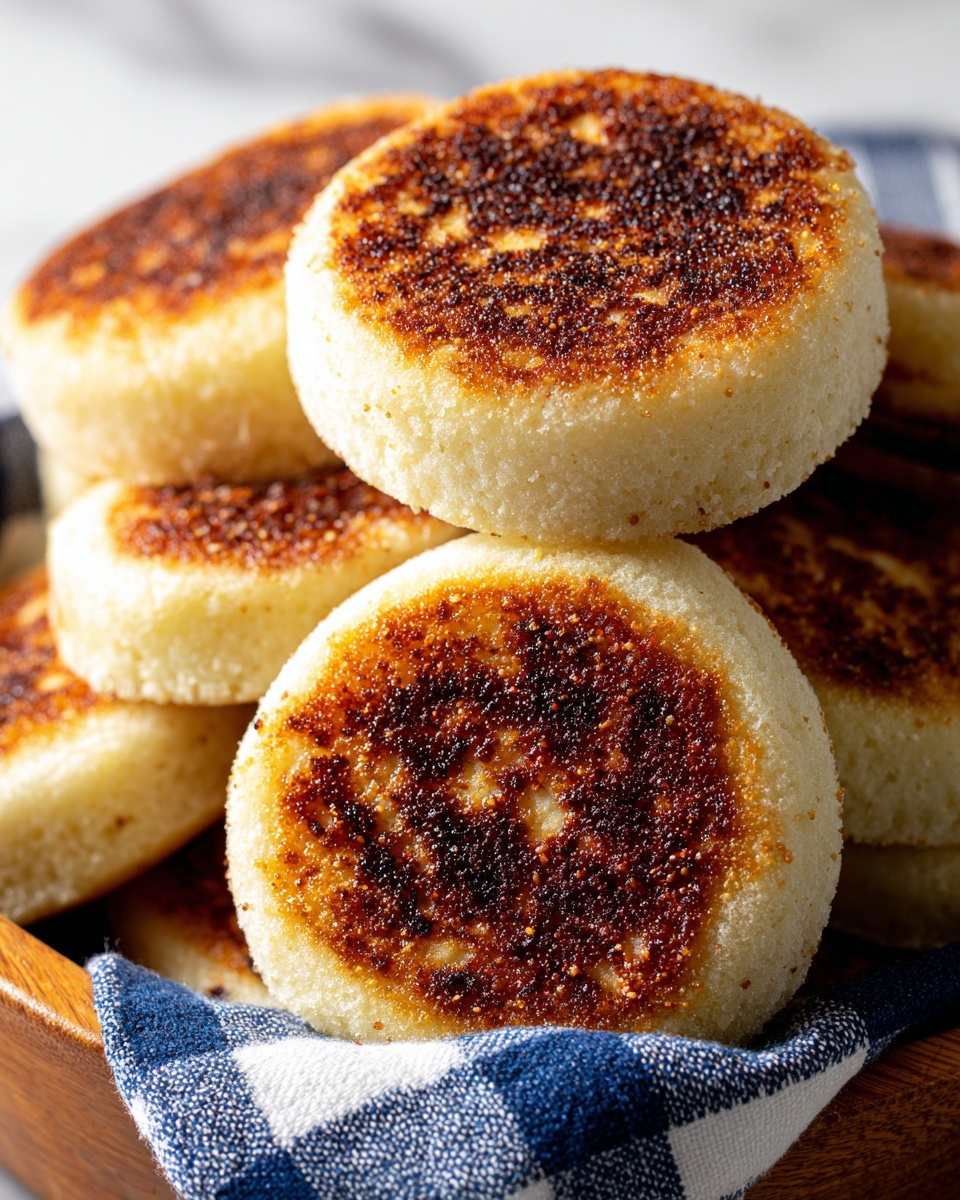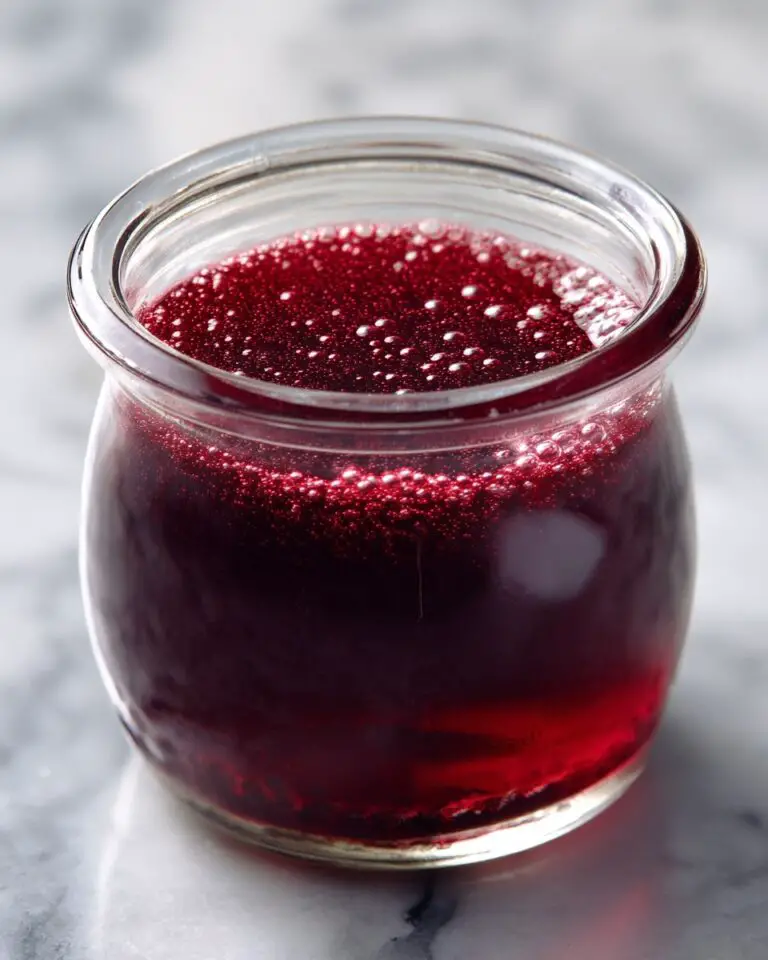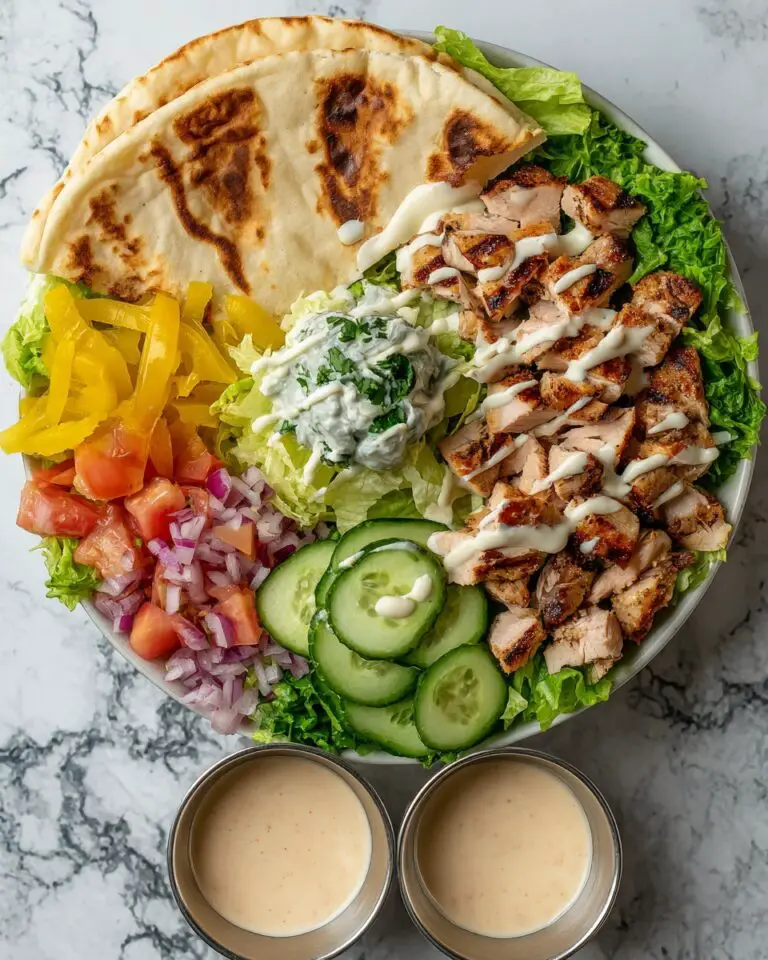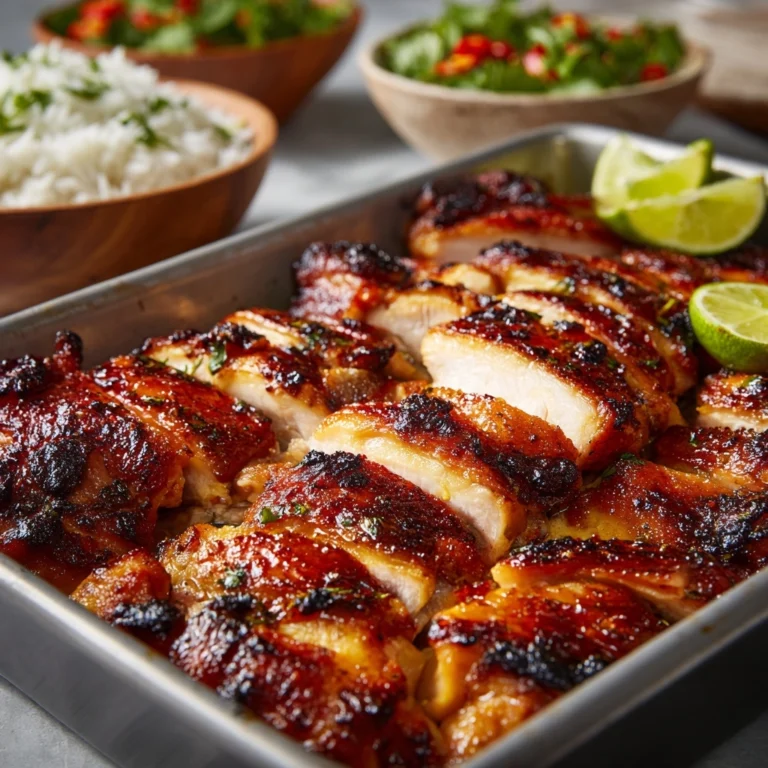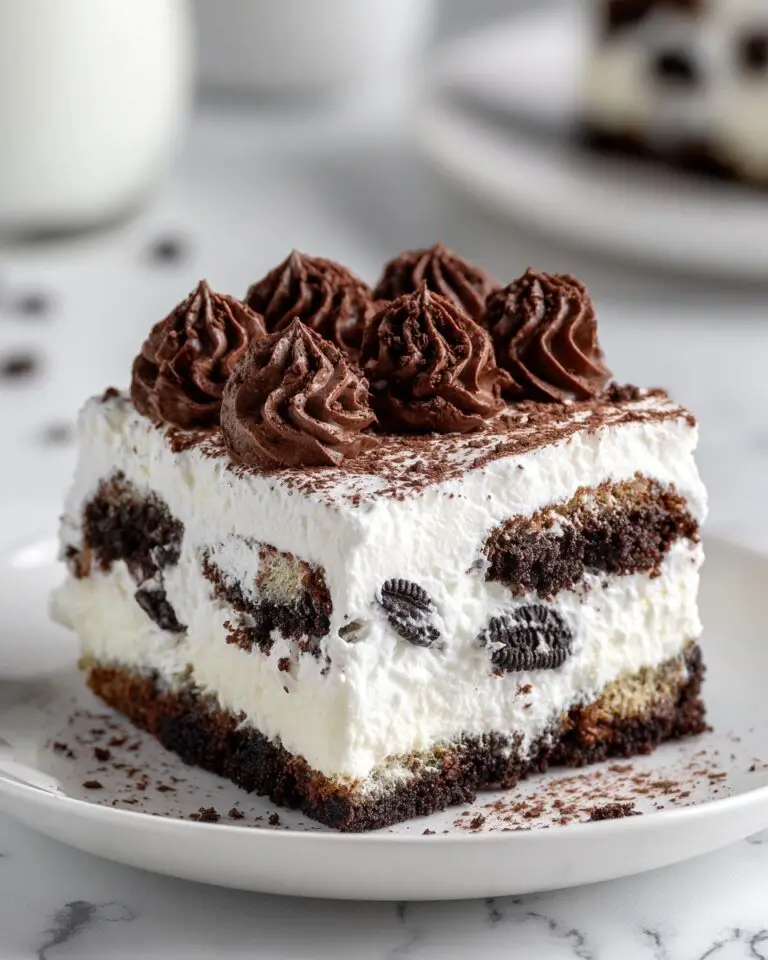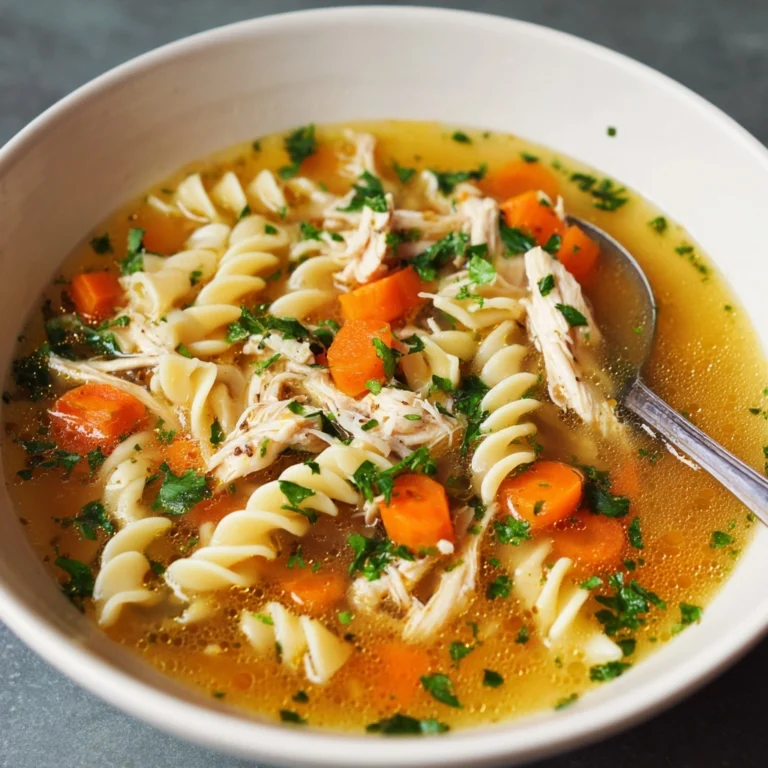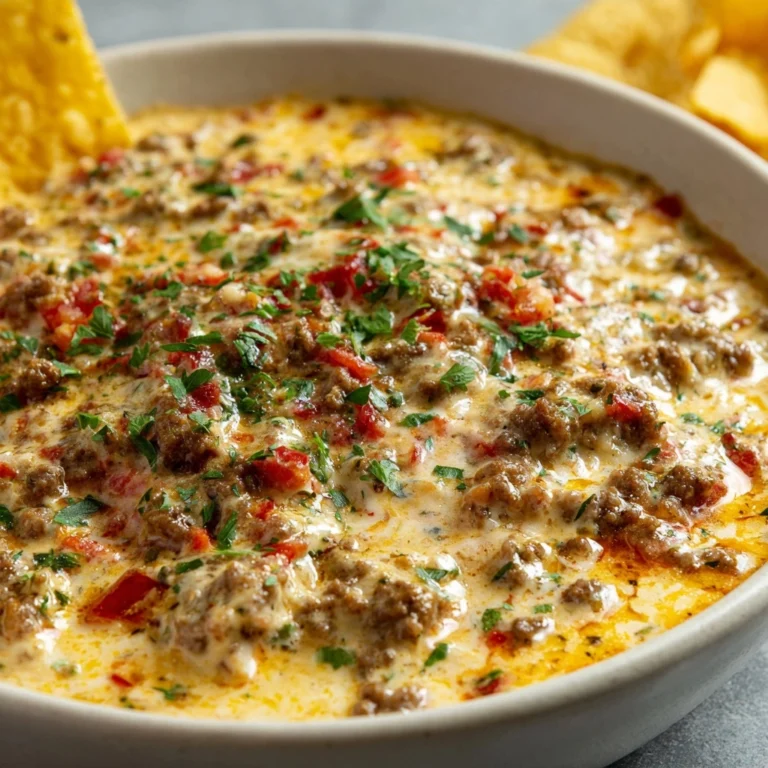If you’ve ever wondered how to transform your sourdough discard into something irresistibly warm, comforting, and utterly delicious, this Sourdough Discard English Muffins Recipe is exactly what you need. These muffins are tender yet satisfyingly chewy, packed with that signature tang from the discard, and boast those iconic nooks and crannies perfect for holding butter, jam, or any toppings you love. Whether you’re feeding a crowd or craving a weekend treat, this recipe turns pantry basics into breakfast magic.
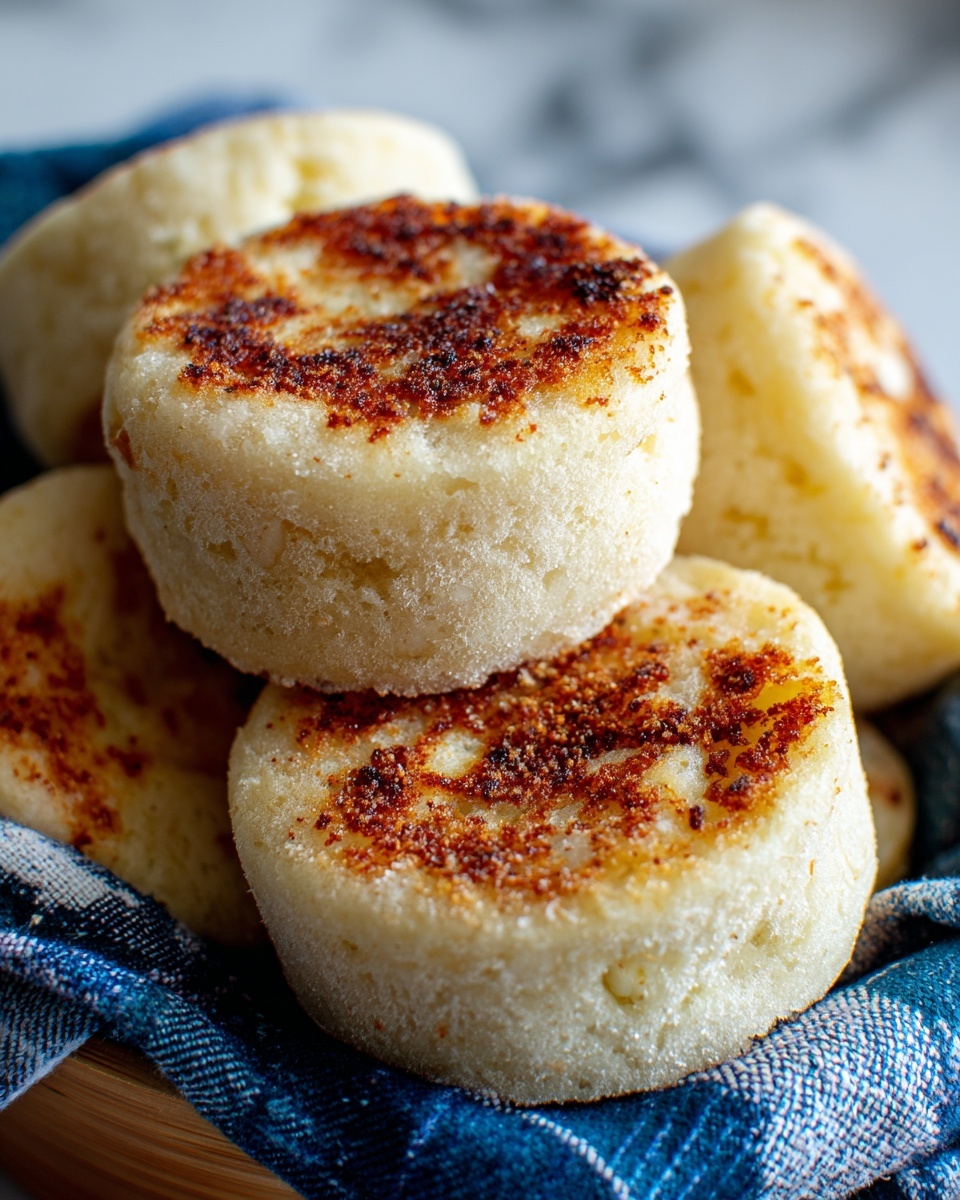
Ingredients You’ll Need
Don’t let the simplicity of the ingredients fool you; each one plays a crucial role in creating the perfect texture and flavor of your English muffins. From the richness of the melted butter to the gentle tang from the sourdough discard, these ingredients balance beautifully to produce a traditional classic with a fun twist.
- Whole milk (1 cup): Warming the milk activates the yeast and contributes to a tender crumb.
- Unsalted butter (2 tablespoons): Adds richness and helps create a soft, moist dough.
- Brown sugar (2 tablespoons): Sweetens the dough slightly while aiding in caramelization and crust color.
- Active dry yeast (1 teaspoon): Provides that extra rise and lightness alongside the natural yeasts in the discard.
- Sourdough discard (½ cup): Brings in the characteristic tang and depth, making this recipe unique and eco-friendly.
- Bread flour (2 ½ cups): Gives structure with its higher protein content, ensuring chewy texture and good rise.
- Kosher salt (2 teaspoons): Enhances all the flavors and controls yeast fermentation for balanced taste.
How to Make Sourdough Discard English Muffins Recipe
Step 1: Combine the Wet Ingredients and Yeast
Start by mixing the warm whole milk, melted butter, sourdough discard, brown sugar, and active dry yeast in a large bowl. Let this mixture rest for a few minutes to allow the yeast to wake up and the flavors to start melding. This simple but critical step sets the stage for a wonderfully airy and tangy dough.
Step 2: Add Dry Ingredients and Form Dough
Next, add your bread flour and kosher salt to the wet mixture. Use a dough whisk or wooden spoon to mix until a slightly sticky dough forms. This dough is on the wetter side, which is key for developing those English muffin nooks and crannies we all adore.
Step 3: First Rise
Cover the bowl and let the dough rise until it doubles in size, which generally takes between 60 to 90 minutes. If you prefer, this is the perfect moment to refrigerate your dough overnight, which deepens the flavor and lets you bake at your convenience.
Step 4: Shape the Muffins
Once risen, gently turn the dough out onto a floured surface. Press or roll it to about 1-inch thickness, and cut out rounds using a biscuit cutter or a sturdy drinking glass. The size you choose will determine the final muffin diameter but aim for about 3 to 4 inches for that classic feel.
Step 5: Prepare and Proof
Place each muffin round onto a baking sheet dusted with cornmeal or semolina flour to prevent sticking and add texture. Generously dust the tops as well, cover, and let the muffins rise once more for about an hour or up to two hours if coming straight from the fridge. This final proof gives your muffins a lovely puff before cooking.
Step 6: Cook to Perfection
Heat an electric skillet to around 300 degrees Fahrenheit or use a heavy skillet over medium-low heat. Arrange the muffins with some space between them, cover, and cook for 5 minutes on one side. Flip, cover, and cook for another 5 minutes. Then reduce the heat slightly, flipping the muffins multiple times until the internal temperature reaches 195-200 degrees F. Alternatively, you can finish cooking the muffins in a preheated 350-degree oven for about 10 minutes. This slow, covered cooking method ensures a tender interior and golden exterior.
Step 7: Cool and Split for Toasting
Transfer the cooked muffins to a cooling rack and allow them to cool completely to room temperature. When ready to serve, pry the halves apart gently using a fork and your fingers to reveal those signature craggy spaces perfect for butter and toppings. Toast to your heart’s content!
How to Serve Sourdough Discard English Muffins Recipe

Garnishes
The true joy of these English muffins is how wonderfully they pair with a variety of toppings. You can keep it classic with melted butter and honey, or jazz things up with cream cheese and smoked salmon. Don’t forget your favorite jam or a spoonful of nut butter for a quick, hearty breakfast.
Side Dishes
English muffins make a fantastic base for many meals, so consider serving them alongside scrambled eggs and crispy bacon or with a fresh garden salad for a light lunch option. They’re also excellent alongside soups or stews, soaking up flavorful broths wonderfully.
Creative Ways to Present
Try using your Sourdough Discard English Muffins Recipe for homemade eggs Benedict, swapping out traditional English muffins for these for a tangier twist. Or build mini breakfast sandwiches stacked with sausage, cheese, and a fried egg for a crowd-pleasing brunch. There’s so much room for creativity!
Make Ahead and Storage
Storing Leftovers
Once cooled, store any leftover English muffins in an airtight container at room temperature for up to two days. Beyond that, refrigeration can help extend their freshness for another day or two but may affect the texture slightly.
Freezing
To keep your muffins fresh longer, freezing is your best friend. Wrap each muffin individually in plastic wrap or foil before placing them in a freezer-safe bag. They’ll keep beautifully for up to three months without losing that homemade charm.
Reheating
Reheat frozen muffins by toasting them straight from the freezer or warming in a 350-degree oven for about 10 minutes. For refrigerated muffins, a quick toast or a warm skillet will bring back their perfect crisp exterior and soft interior.
FAQs
Can I use all-purpose flour instead of bread flour?
Yes, you can substitute all-purpose flour, but the texture might be slightly less chewy because bread flour has a higher protein content that contributes to that desirable chew and structure.
Do I need to add yeast if I’m using sourdough discard?
Adding a small amount of yeast ensures a reliable, predictable rise and lightness, balancing the wild yeast and bacteria already present in the discard for best results.
How long can I keep the dough in the refrigerator?
You can refrigerate the dough for up to 24 hours before shaping and cooking, which also helps develop deeper flavor and makes the process more flexible.
Why should I dust the baking surface with cornmeal or semolina?
This prevents sticking and adds a bit of crisp texture and flavor to the bottom of the muffins, mimicking traditional English muffin bakery techniques.
Can I make these muffins gluten-free?
Gluten-free baking is tricky for English muffins because gluten provides structure and chew. However, with the right gluten-free flour blend and some experimentation, you could adapt the recipe to suit your needs.
Final Thoughts
There’s something truly special about transforming sourdough discard into luscious, fluffy English muffins with golden crusts and those magical nooks and crannies. The Sourdough Discard English Muffins Recipe is a testament to how simple ingredients and patience can create a breakfast favorite that delights every bite. I can’t wait for you to try it and make it your own kitchen staple!
Print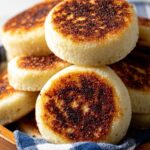
Sourdough Discard English Muffins Recipe
- Prep Time: 15 minutes
- Cook Time: 30 minutes
- Total Time: 18 hours 42 minutes (including rising and optional refrigeration)
- Yield: 9 servings 1x
- Category: Breakfast
- Method: Stovetop
- Cuisine: American
- Diet: Vegetarian
Description
These Sourdough Discard English Muffins are a delightful way to use up extra sourdough starter while creating soft, fluffy, and slightly tangy muffins with the perfect nooks and crannies. Cooked on the stovetop and finished in the oven, they make an excellent breakfast or snack option.
Ingredients
Wet Ingredients
- 1 cup whole milk (240 grams), warmed to 110°F
- 2 tablespoons (28 grams or 1 ounce) unsalted butter, melted
- 2 tablespoons (30 grams) brown sugar or sweetener of choice
- ½ cup (140 grams) sourdough discard
Dry Ingredients
- 1 teaspoon (3 grams) active dry yeast
- 2 ½ cups (300 grams) bread flour
- 2 teaspoons (6 grams) kosher salt
- Cornmeal or semolina flour, for dusting
Instructions
- Mix liquids and yeast: In a large mixing bowl, combine the warm milk, melted butter, sourdough discard, brown sugar, and active dry yeast. Stir gently and let sit for a few minutes to activate the yeast.
- Add flour and salt: Add the bread flour and kosher salt to the bowl and mix with a dough whisk or wooden spoon until a slightly sticky dough forms.
- First rise: Cover the bowl and let the dough rise until doubled in size, about 60 to 90 minutes.
- Optional refrigeration: At this stage, you may refrigerate the dough overnight for enhanced flavor or proceed directly with the recipe.
- Shape muffins: Once risen, turn the dough onto a floured surface and press or roll it out to about 1-inch thickness. Cut rounds using a biscuit cutter or a glass.
- Prepare for second rise: Place the cut muffins on a pan lined with cornmeal or semolina flour, dusting both the muffin tops and pan well to prevent sticking.
- Second rise: Cover the muffins and let them rise again for about 1 hour until puffy, or up to 2 hours if the dough was refrigerated.
- Heat skillet: Preheat an electric skillet to 300°F or use a heavy skillet over medium-low heat on the stovetop.
- Cook muffins: Place the muffins in the skillet spaced apart. Cover and cook for 5 minutes, then flip, cover, and cook the second side for another 5 minutes.
- Finish cooking: Reduce the heat to about 250°F, flip the muffins a few more times until the internal temperature reaches 195-200°F. Alternatively, finish cooking in a 350°F oven for about 10 minutes.
- Cool: Remove muffins to a cooling rack and allow to cool to room temperature.
- Serve: Use a fork and fingers to gently pry the muffins apart before toasting to reveal the characteristic nooks and crannies for the best texture and taste.
Notes
- You can refrigerate the dough after the first rise for up to 24 hours to develop flavor.
- Be sure to keep heat low when cooking in the skillet to avoid burning before the muffins are cooked through.
- Using cornmeal or semolina flour helps prevent sticking and adds a slight crunch to the exterior.
- These muffins are great toasted and served with butter, jam, or savory toppings.
- Internal temperature ensures the muffins are fully cooked and soft inside.

